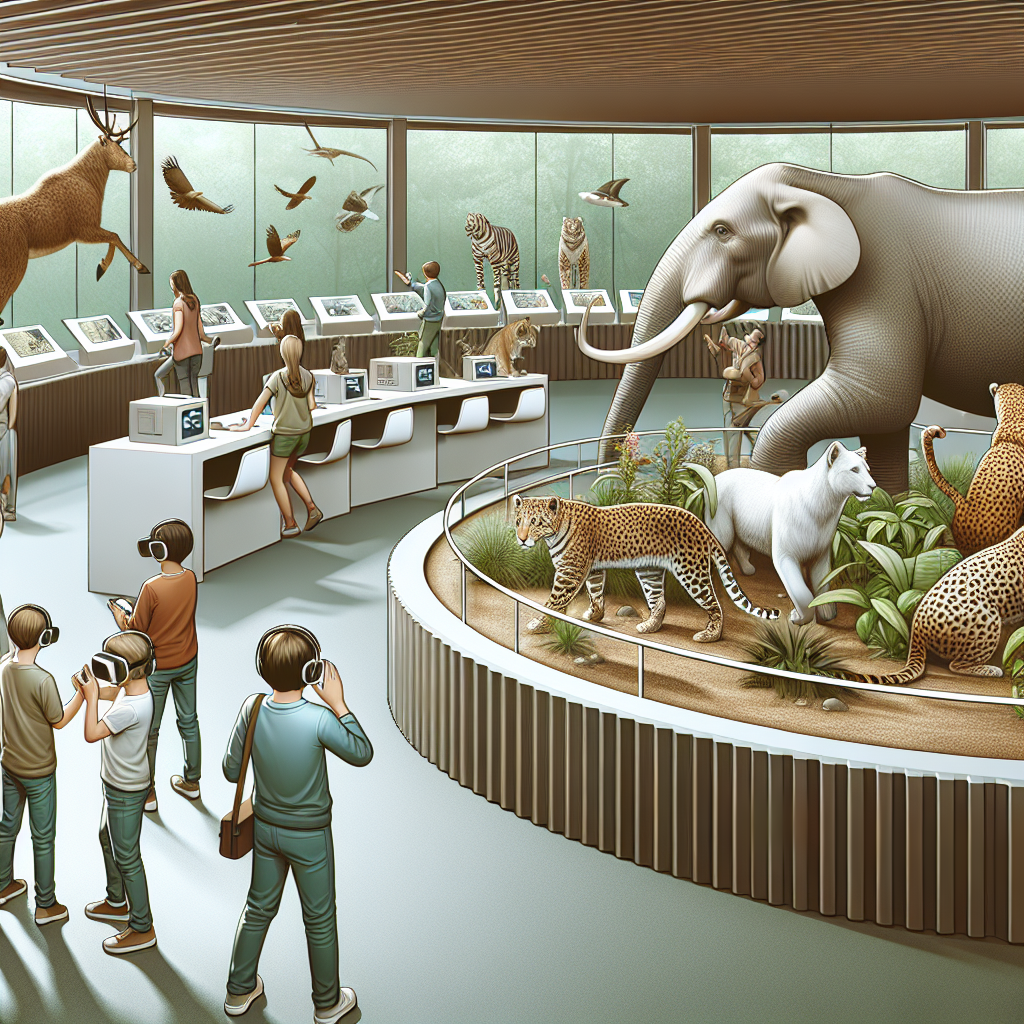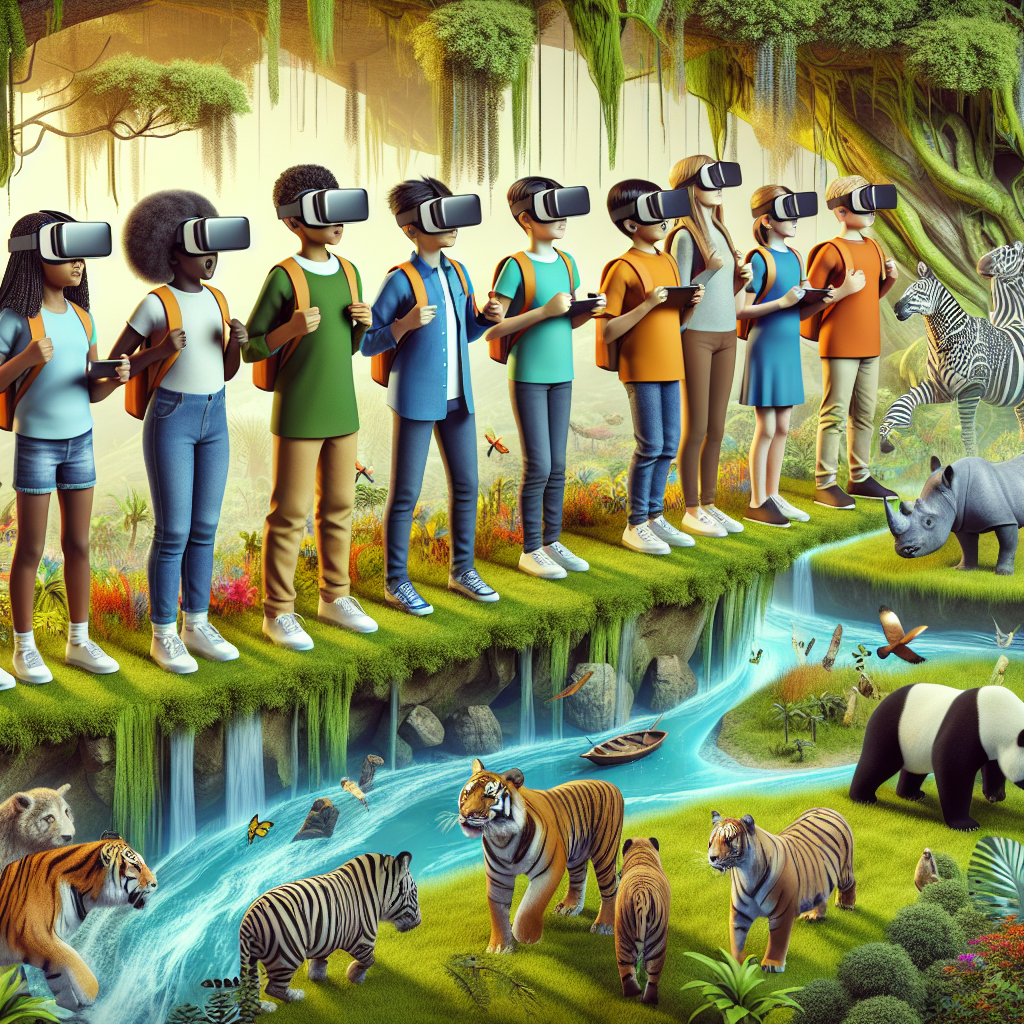The use of Virtual Reality for Endangered Species has emerged as a revolutionary tool in wildlife conservation. As species face unprecedented threats from habitat loss, poaching, and climate change, innovative solutions are required to engage the public and promote awareness. Virtual reality technology offers immersive experiences that can educate people about endangered species and the urgent need to protect them.
The Power of Immersion
One of the most compelling aspects of virtual reality is its ability to create immersive environments. By allowing users to step into the shoes of endangered animals, VR can foster empathy and understanding. Imagine walking through the African savannah as a majestic elephant, experiencing the challenges of finding food and water while evading poachers. This kind of firsthand experience can spark a passion for conservation that traditional methods often fail to achieve.


Engaging the Next Generation
Educators are increasingly incorporating Virtual Reality for Endangered Species into their curriculums. Schools are using VR to take students on virtual field trips to habitats around the world, such as the Amazon rainforest or the Great Barrier Reef. These experiences not only teach students about biodiversity but also inspire them to become advocates for wildlife conservation. Organizations like [National Geographic](https://www.nationalgeographic.com) and [World Wildlife Fund](https://www.worldwildlife.org) are leading the charge in using VR to raise awareness and funds for endangered species.
Real-World Applications
Several conservation organizations have begun to implement virtual reality in their outreach programs. For instance, the Wildlife Society has developed VR experiences that simulate the habitats of endangered species, providing a platform for users to learn about the threats these animals face. Additionally, VR fundraising events have shown promise, allowing donors to experience the plight of endangered species first-hand while contributing to conservation efforts.
Many researchers believe that Virtual Reality for Endangered Species can also play a critical role in training conservationists. By simulating various scenarios, future wildlife protectors can develop the skills needed to handle real-life challenges in the field.
Despite its potential, the use of virtual reality in conservation is still in its infancy. The technology requires significant investment and expertise, but the benefits could be substantial. As more organizations embrace this innovative approach, we may see a shift in public perception and action regarding endangered species.
In conclusion, Virtual Reality for Endangered Species has the potential to transform the way we view and interact with wildlife. By creating immersive experiences that educate and inspire, VR can help foster a new generation of conservationists who are passionate about protecting the planet’s biodiversity. As we continue to explore the possibilities of virtual reality, there is hope that it could be a key player in saving the world’s most vulnerable species.





